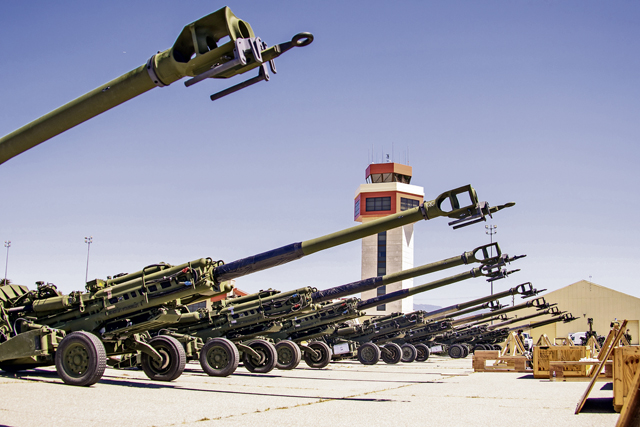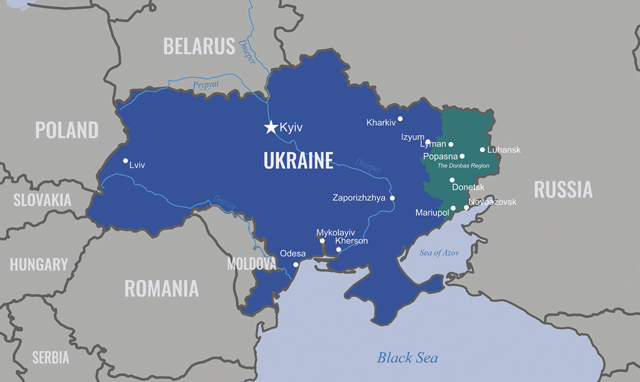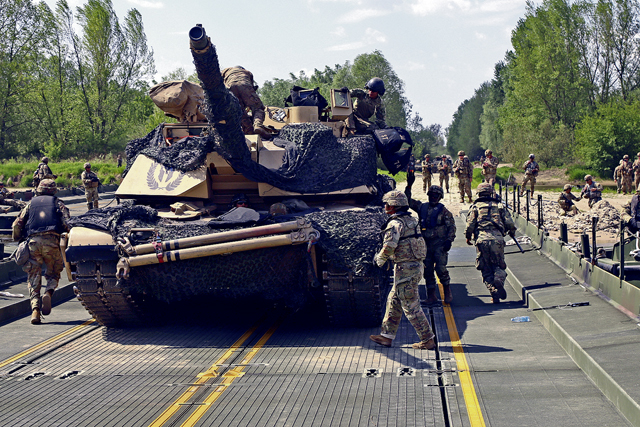
The 155 mm M777 towed howitzers supplied by the U.S. and other types supplied by ally and partner nations to Ukraine are having a big impact on the battlefield, a senior Defense Department official said at a Pentagon press briefing today.
“You’re already seeing the Ukrainians being willing to go on the counteroffensive in the Donbas [region of Ukraine]. They are taking back some towns that the Russians have taken in the past,” the official said.
For example, the Ukrainians are pushing Russian forces to the east and to the north of Kharkiv, Ukraine, the official said.
“We do believe that the howitzers … are having an impact, particularly in Kharkiv. Now is that the only reason? I don’t think we would go that far to say that, but we do believe that the systems they’re getting — not just the U.S. systems but the systems from other countries — are absolutely helping them regain some momentum and to take back some territory,” the official said.

Yesterday, Secretary of Defense Lloyd J. Austin III had a conversation with Ukraine Defense Minister Oleksii Reznikov. Reznikov told Austin that 74 of the 90 M777 artillery cannons that the U.S. supplied Ukraine are forward in the fight, providing long-range, indirect fire capability, the official said, noting that the tubes are being used not only in the Kharkiv area but elsewhere in the Donbas.
Currently, Russian President Vladimir Putin has committed about 80% of his total battalion tactical groups to Ukraine. “And there’s no question that of that 80 percent, he has lost quite a bit,” the official said.
Putin still has a total of 140-plus BTG available to him, with 106 operational in Ukraine. The ones not in Ukraine do not appear to be near the periphery of Ukraine, the official noted.

On the Ukrainian side, they still have a majority of their combat power available to them, the official said.
“That is not to say that losses are not being sustained on both sides. They are, both in terms of forces but also in terms of equipment and weapon systems. It’s a real gunfight in the Donbas, literally, with artillery being exchanged every single day and the Russians [continuing] to fly airstrikes, the official said.
About six of those airstrikes hit a military training facility in Lviv, Ukraine, with minimal damage. It seems likely that those missiles could have been fired from submarines in the Black Sea, the official said.







